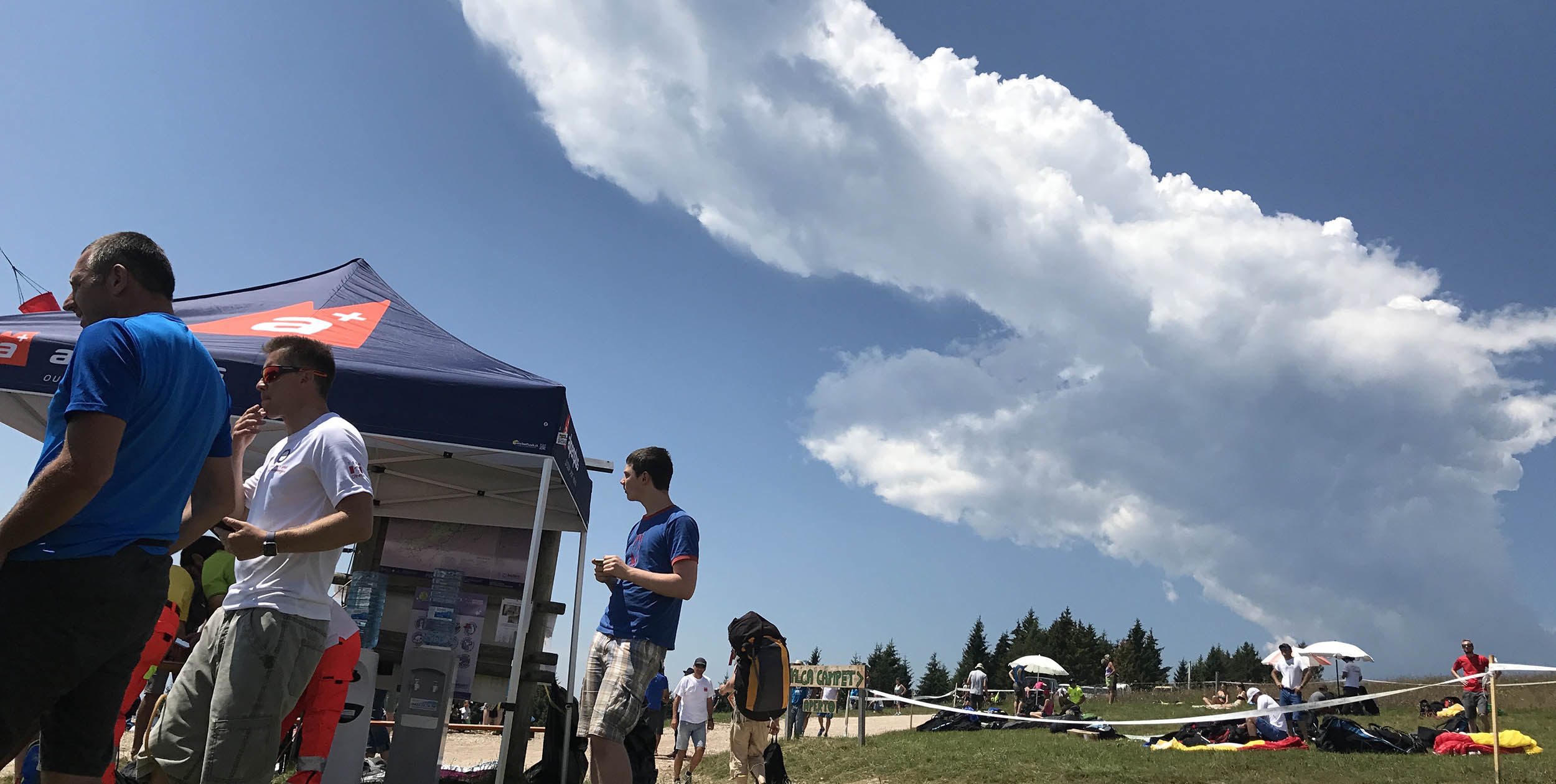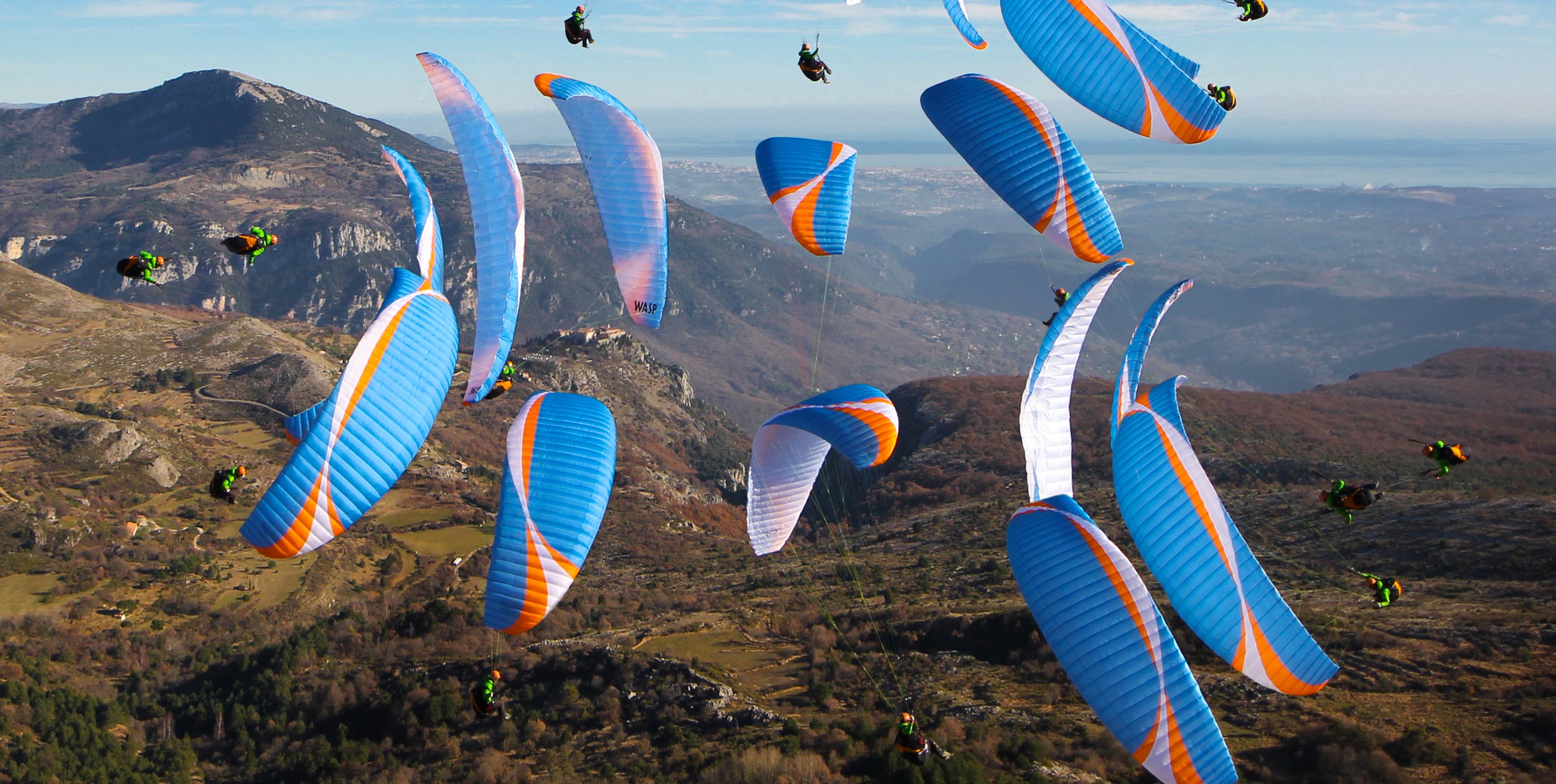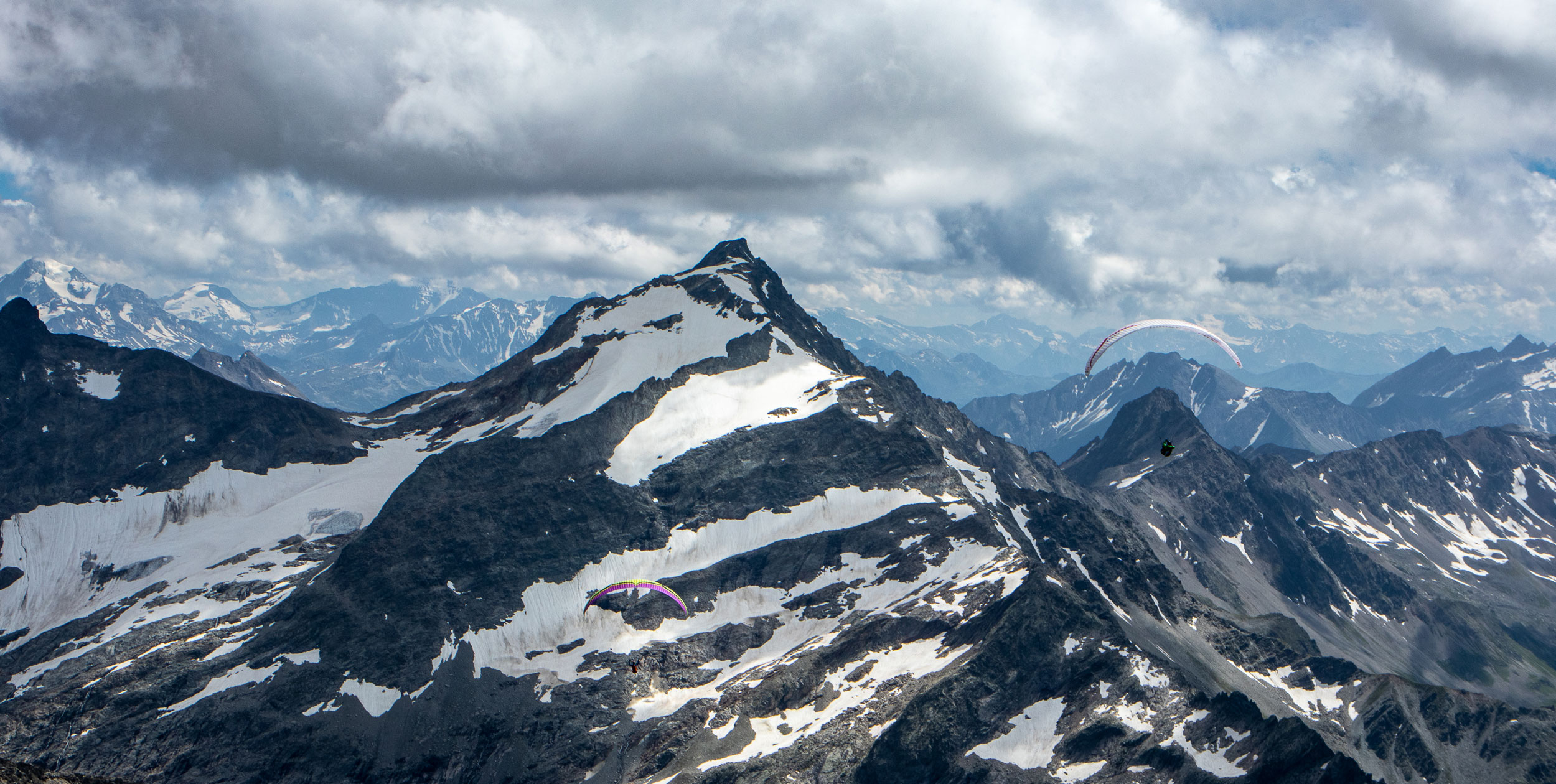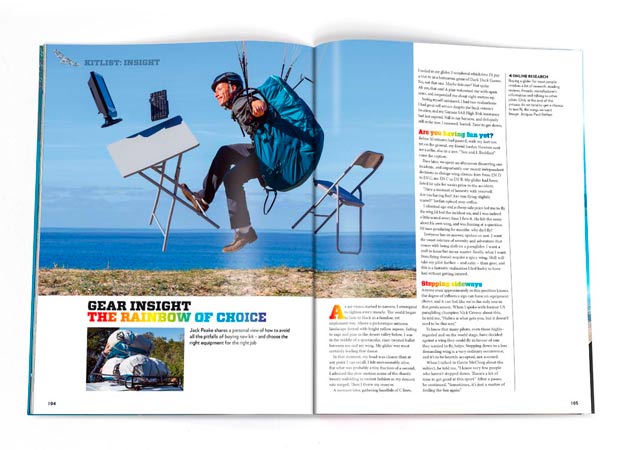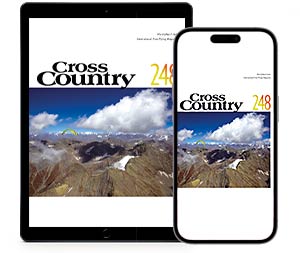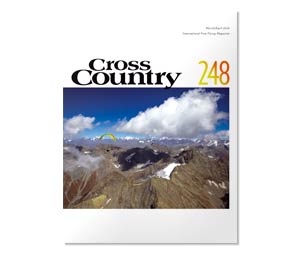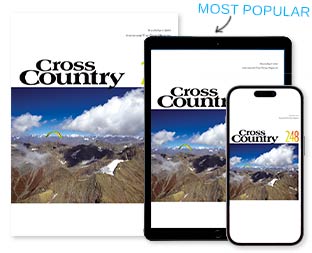Come on Iceland … Paragliding in Ulfarsfell
It’s volcanic, glacial, windy and in the middle of the Atlantic Ocean. Bruce Goldsmith heads to Iceland with his paraglider. Published in Cross Country magazine in 2004
Iceland has a fiercely enthusiastic free-flying community. The Reykjavik flying club has its own clubhouse right next Reykjavik’s own flying site – Ulfarsfell, a 300-metre mountain 15km outside the centre of town. All the pilots in the club share a common passion for flight and the hang gliders encourage the new wave of younger paraglider pilots every way they can.
At the side of their clubhouse is a hangar built by the pilots themselves. It’s packed full of microlights of all sizes and shapes used to get airborne when conditions aren’t ideal for free flying.
It is not only the scenery that’s wild in Iceland but also the weather. Icelandic scenery is truly unique as a result of the country sitting on the fault line between the American and the European continental plates, which are actively moving apart. The earth’s crust is so thin here that there are more volcanoes than trees. Hot water steams out of the ground in nearly every valley.
Iceland used to have trees, but the ancestors of the present population long ago burned the last one for warmth due to the cold. Although sad, this is a great advantage for pilots. Nearly every hill is perfect for flying with a rounded top and smooth and open bottom landing fields.
Moss grows prolifically, and in many of the photos of Iceland, the green colour covering the ground is not grass but moss. It is often very thick and feels like a soft bed. Moss like this takes hundreds of years to grow, and a car driving across it leaves tyre marks that will show for centuries, so you should stick to the tracks and roads.
Iceland sits bang in the middle of the Atlantic Ocean, halfway between Europe and America. The Gulf Stream feeds warm water from the Gulf of Mexico right up to the Icelandic shoreline making the weather warmer than you’d expect considering how far north it lies.
The weather remains very Atlantic by nature, with one low pressure system after another sweeping across the country and frontal systems that can blast through at the rate of up to three a day. Fortunately, there are some spells of good weather, and they really are worth waiting for. Summer starts in May and ends in August, so going to Iceland in August is pushing your luck with the weather. You might be lucky but it’s more likely to be windy with showers.
I was visiting my wife’s family in Iceland for a week. On August 13 the forecast was good with a light SW wind and sun all day. Arni, the Airwave dealer in Iceland, phoned me in the morning to ask if I would join the local pilots for a day out. He organised a group of three microlights to fly to Snaefellsjokull.
Jokull is the Icelandic word for glacier, and Snaefellsjokull is a glacier perched on top of a volcano situated on a peninsular 100km northwest of Reykjavik. Ami and his friends were flying to Snaefellsjokull. I would be driving there with Kjartan, his wife, and Solvi, both keen paraglider pilots.
On the way to Snaefellsjokull we stopped off at Hussafell, where there is a very unusual waterfall. Water seeps down into a porous lavafield and springs out of the riverbank for around 150 metres. The gleaming white water then drops into a beautiful jade blue-coloured salmon river. I found a launch on the opposite river bank, and made a few flights across the river whilst Kjartan, a local landscape photographer, took some pictures of me flying low over the river with the waterfall on the opposite bank as the backgound.
An hour later we met the three microlight pilots at Arnarstapi, a pretty coastal town just south of Snaefellsjokull. I climbed into Arni’ss Cosmos trike and we roared skyward. Arni is an excellent microlight pilot as well as Iceland’s best hang glider pilot. He was determined to give me an exciting time, and soon had me clenching the seat as we skimmed the waves at the foot of the cliffs and flew though flocks of Arctic terns taking off all around us.
The views were incredible, and we finished by roaring up above the clouds and landing on the volcanic sand high on the mountain’s glacier. Equipped with huge oversized tyres, Kjartan’s 4WD was able to climb over the rough volcanic rock without a problem to meet us up there. Driving over glaciers and snowscapes in winter is a national hobby in Iceland made possible using Jeeps with massive tyres with virtually no air in them.
The highlight of the day came on the way home. As the sun was going down we drove past an orange volcanic cinder cone, which was surrounded with soft light green moss at the base. A cinder cone looks like a volcano but this one was much smaller and made from soft light rock, rather like rough black sand.
Flying conditions here were smooth and gentle and you could launch from the moss right at the foot of the hill and fly up the front of the cone. Solvi joined me and Kjartan took even more amazing pictures as we skimmed over the moss-covered ground in the setting sun. The photos tell the story best.
TRAVEL INFORMATION
The Iceland Hang Gliding Club welcome any visiting hang glider or paraglider pilots who want to fly there. Cheap tickets are available to Reykjavik from Iceland Express, from either London Stansted or Copenhagen. The cost of living is very expensive in Iceland, and so is hiring a car. If you are seriously considering flying in Iceland, you can email Arni Gunnarson on arni@ok.is

